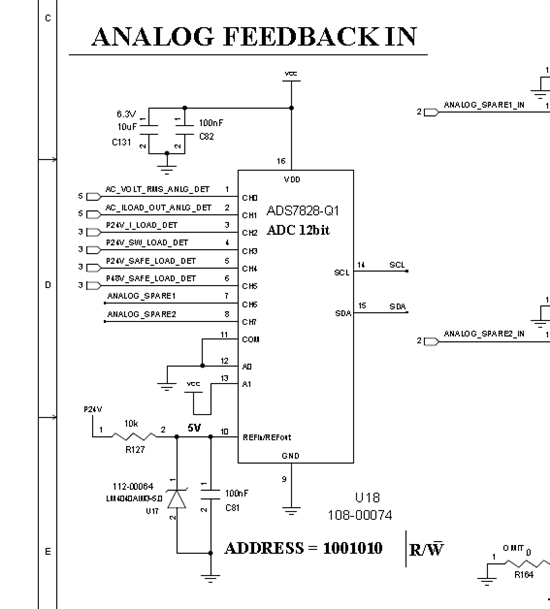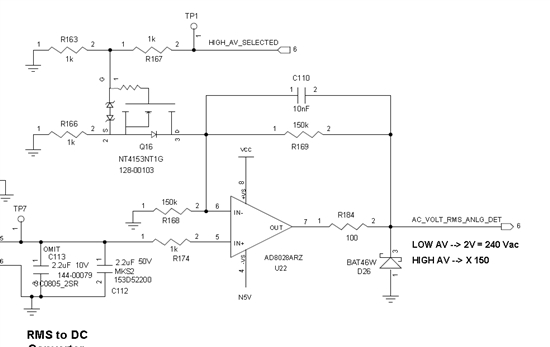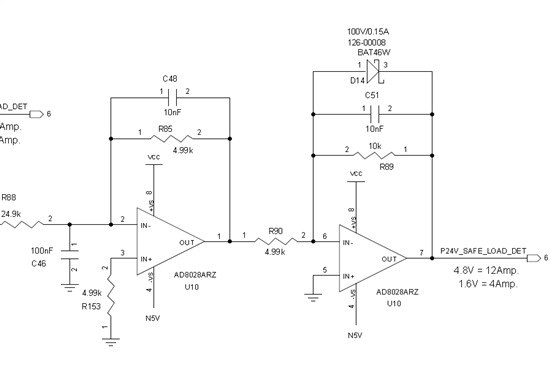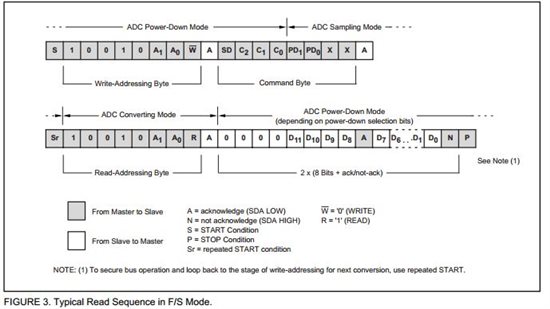Hi.
On my last new board design I use ADC TI p/n ADS7828EIPWR. On my debugging I see that I am not get accuracy voltage (ch-0 to ch-7), My connection is single not differential.
I have a 0.1V imprecision on read. means when I enter 2V on CH-0 my read is 2.1V. I also try to enter 0.5V lower input voltage and the result are same 0.1V imprecision but now is down 0.1V (mean -0.1V from real input).
I use external Vref=5V Please advise ?
Note: All my GND and supply voltage lookin good without noise.
Please advise...?
Regards
Arie Gez







